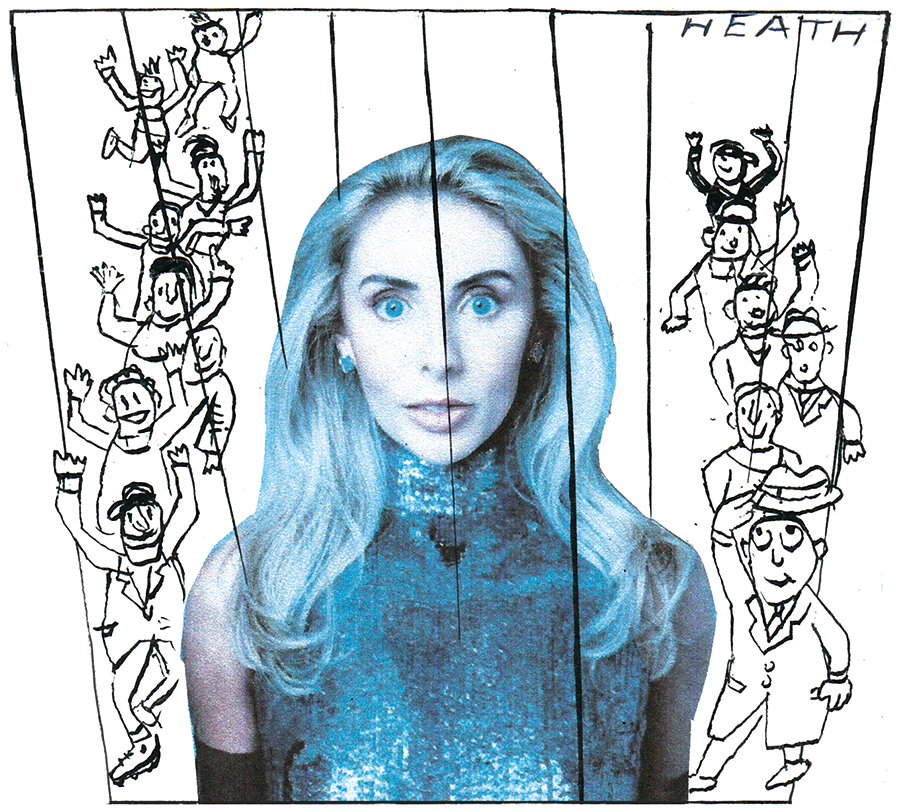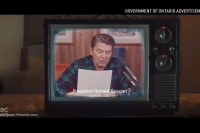Canada went to the polls on Monday. The election campaign only ran for 37 days, but it was a wild ride with shifts in political momentum that few could have predicted.
Liberal Prime Minister Mark Carney, who replaced Justin Trudeau on March 14, won last night. It’s the fourth consecutive Liberal win, but it will be its third straight minority government. Conservative leader Pierre Poilievre had the best result for the Conservatives since 1988 but ended up losing his seat. Left-leaning parties like the Bloc Quebecois (BQ), Greens and New Democrats (NDP) all lost seats and popular support, too.
This could lead to an unusual series of political scenarios for both main parties.
Carney may be forced to cobble together a wild and woolly coalition to keep this minority parliament around for maybe a year or two
Carney could end up with168 seats or below in a 343-seat Parliament. He needs 172 seats for a majority. Unlike Trudeau, he won’t be able to rely on the NDP, Canada’s socialist alternative, as a reliable coalition partner since they dropped from 24 seats to a maximum of seven seats. It’s the NDP’s worst showing in 63 years and puts them below the 12 seat limit required for official parliamentary status. NDP leader Jagmeet Singh also lost his seat and will resign as party leader.
Carney may be forced to cobble together a wild and woolly coalition to keep this minority parliament around for maybe a year or two. He could work with the BQ, but that would be undesirable for most Canadians. Why? The BQ is nationalist, sovereigntist and specifically focused on the province of Quebec. A federalist party like the Liberals can’t partner with them in a viable way.
Alternatively, Carney could give the NDP official party status and work with them if the two parties reach a combined total of 172 seats. That’s less risky, but will remind Canadians of the controversial Liberal-NDP supply and confidence agreement that kept Trudeau in power for way too long in the previous parliamentary session. The only other option is to piece together coalitions with small parties and individual MPs on a case-by-case basis. It could be done, but it’s tedious work and prone to failure.
Poilievre is in a curious position, too. He defied most opinion polls and did well in most provinces and regions. His vote share actually exceeded that of my old friend and boss, former Prime Minister Stephen Harper, who led three governments in Canada. In spite of this, Poilievre lost his seat in the riding of Carleton in a shocking upset. It was a stunning result for the 45-year-old Poilievre, who has served in the House of Commons continuously since 2004. In fairness, every riding in the Ottawa region where Carleton is situated saw Conservative candidates get beaten on election night. That’s hardly a silver lining for Poilievre. He must ensure he maintains the confidence of Conservatives to lead the party in spite of holding no parliamentary seat. Based on his successful night, the long knives won’t be out for him just yet. He’ll need to rectify this situation quickly, of course.
Putting all this aside, it’s surprising that Canada is facing the possibility of a third straight Liberal minority government.
The Conservatives had been leading in the polls for over two years. While Poilievre had contributed to Trudeau’s downfall with his fiscally conservative policies and outside-the-box thinking, the gap between the two parties was largely caused by Trudeau. His mediocre, ineffective leadership was defined by an embarrassing (and massive) list of personal mistakes and political blunders. This included: three older instances of wearing blackface, two ethics violations, still-unresolved allegations of Chinese election interference in the 2019 and 2021 elections, allowing a Nazi to be honoured in Parliament and more.
Trudeau finally stepped down on 6 January. Carney, former Governor of the Bank of Canada and Bank of England, entered the Liberal leadership race, gained momentum and ultimately won in a landslide. Few doubted he was more intelligent and capable than Trudeau, but winning an election seemed like a long shot. His political inexperience, bland personality and him taking charge of a party made up of Trudeau-era loyalists would surely work against him.
Until, that is, Donald Trump’s tariffs changed the course of the election. Trump’s tariff threat wasn’t surprising. He had implemented tariffs during his first presidential term, and warned that 25 per cent tariffs on Canada and Mexico were forthcoming last November, too. What no one expected was the President making Canada one of his main targets. Annexing Canada as the ‘51st US State’ went from a joke to a serious topic, and Trudeau was mockingly referred to as ‘Governor’. Many Canadians became angry, resentful and lashed out. They saw Trump and Poilievre as the same sort of politician. Even though there was no truth to this, some Canadians created their own truth.
When Carney became Prime Minister in March, he took full advantage of these unplanned distractions. He suggested Poilievre was a Canadian-style Trump and a threat to national sovereignty. Carney’s baseless message of being the only Canadian political leader who could handle Trump was accepted almost at will. Poilievre’s 25-point lead collapsed and the Liberals were in command.
Yet, the political pendulum swung once more. When Carney met with Canadians during the campaign hustings, many didn’t like what they saw. His political inexperience has been heightened by his massive ego, thin-skinned approach to criticism and aloof personality. He had no original policies or ideas, keeping much of Trudeau’s terrible agenda and stealing from the Conservatives. He performed poorly in both leadership debates. He didn’t seem to have the backbone to take on Trump, either.
This led to some last-minute buyer’s remorse about Carney and a renewed resurgence in support for Poilievre. It wasn’t enough to bring down the Liberals, but left Canada with another minority government, a solid Conservative opposition with a leader currently outside Parliament, and the prospect of yet another early election. What happens next? That’s anyone’s guess.
What lessons are there from Canada’s election for Kemi Badenoch and Keir Starmer? James Heale and Michael Martins join Patrick Gibbons on the latest Coffee House Shots podcast:








Comments